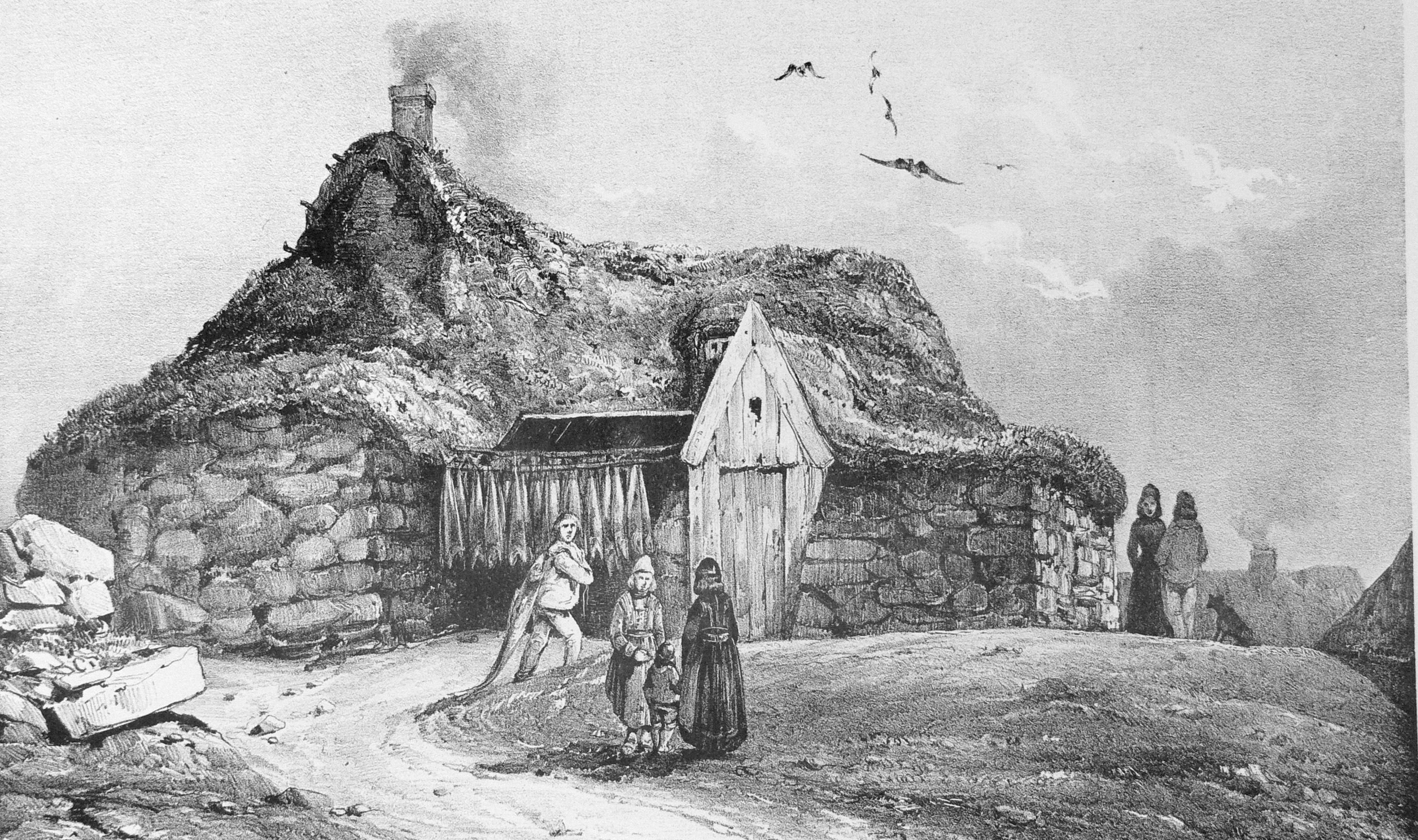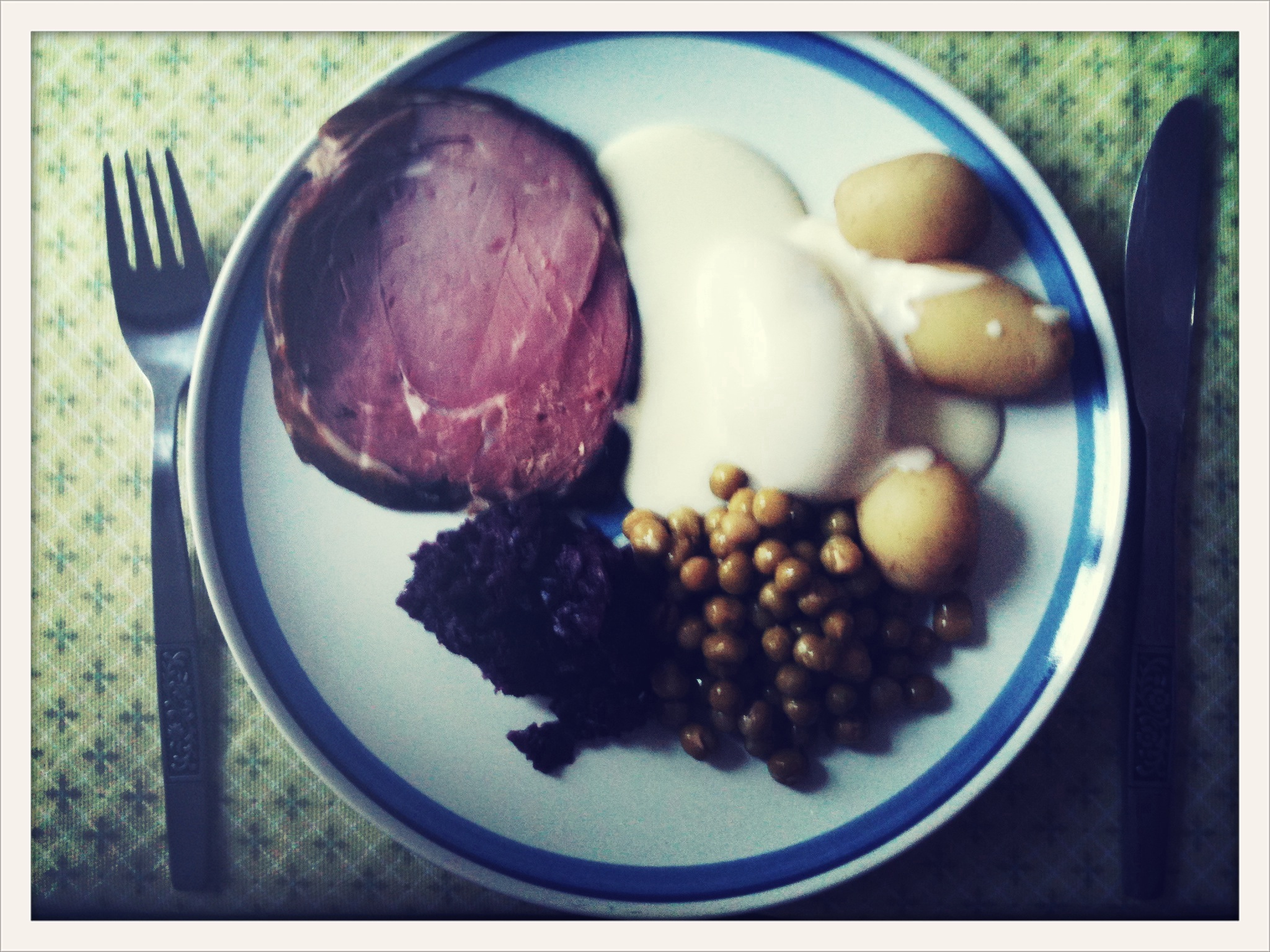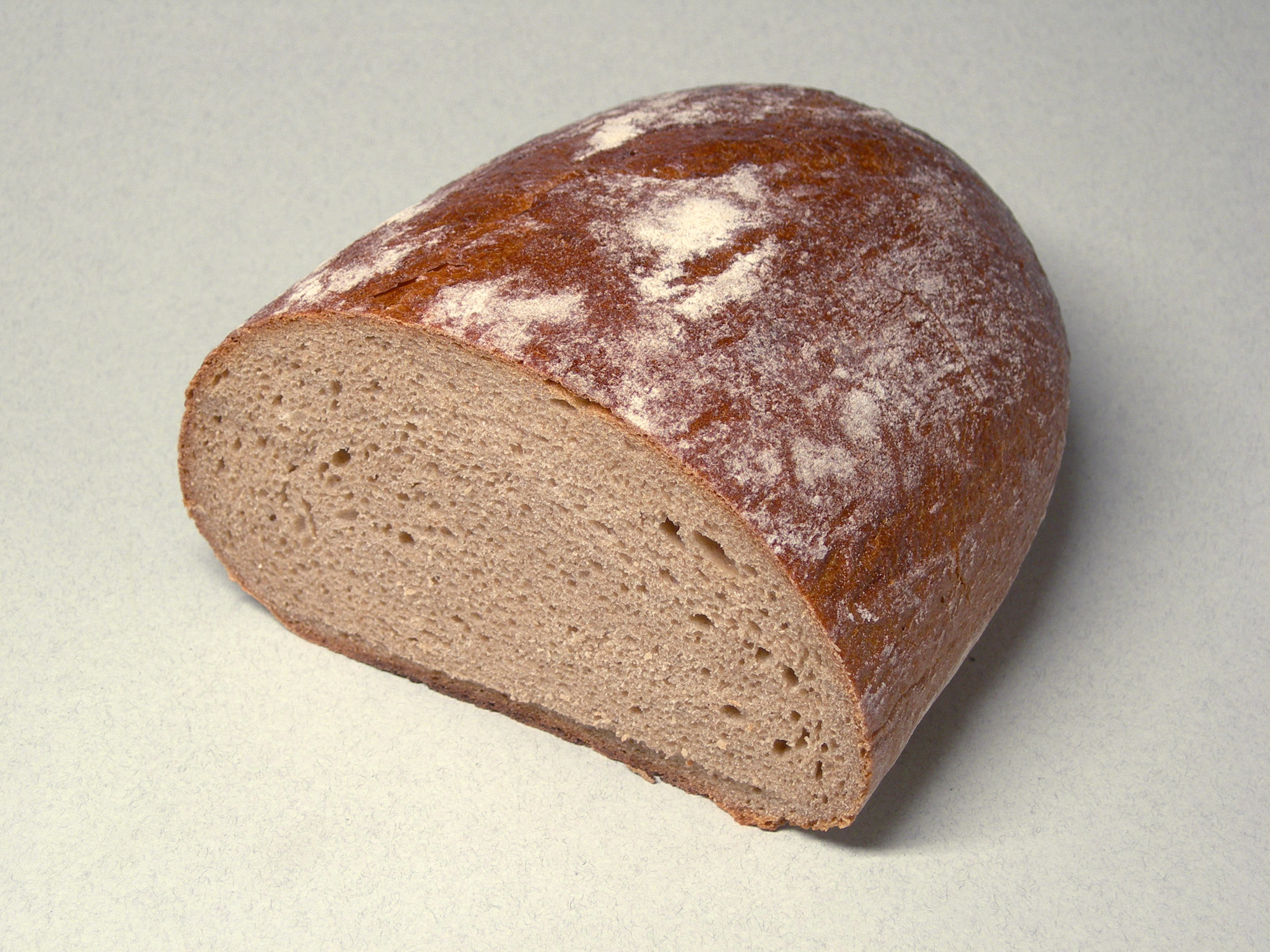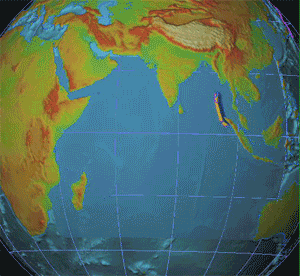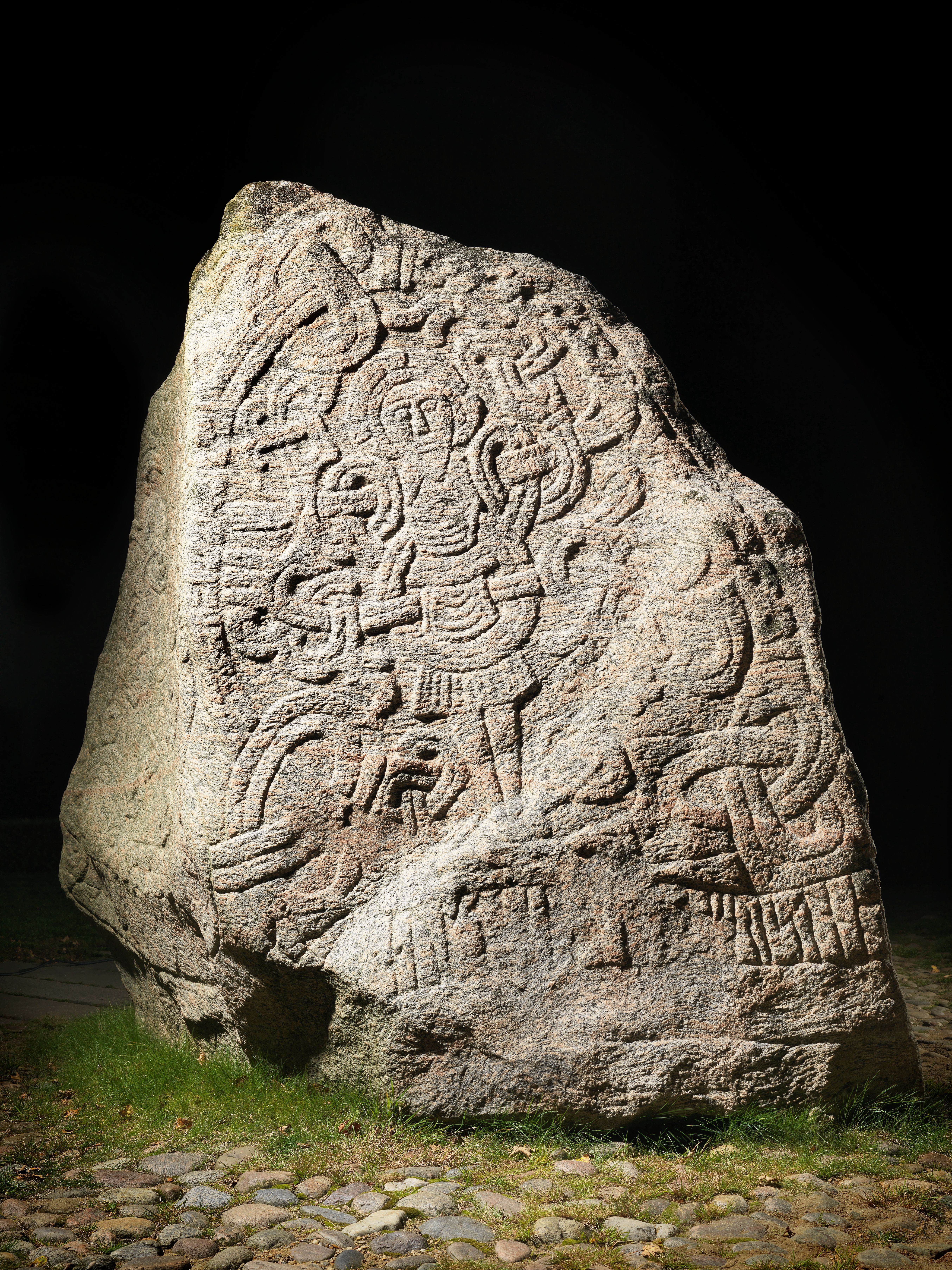|
Rúgbrauð
''Rúgbrauð'' () is an Icelandic straight rye bread. It is traditionally baked in a Pottery, pot or steamed in special wooden casks by burying it in the ground near a geyser, in which case it is known as ''hverabrauð'' or "hot-spring-bread". Modern ''rúgbrauð'' is usually made in a square baking pan. The bread is crustless, dark and very dense, usually rather sweet, and keeps for a long time. It is often served with butter, mutton pâté, hangikjöt (smoked lamb), or with pickled herring. Dry ''rúgbrauð'' would be ground and mixed with buttermilk to form a kind of porridge. Stale ''rúgbrauð'' is often soaked, then made into ''brauðsúpa'' (, "bread soup") - that is, simmered with raisins and flavorings (usually lemon) and served hot with whipped cream as a dessert. Excessive consumption of this bread is said to cause flatulence, earning it its nickname ''þrumari'' which roughly translates as "thunderbread" or "thunderer". There are, however, varieties of the traditional ... [...More Info...] [...Related Items...] OR: [Wikipedia] [Google] [Baidu] |
Icelandic Cuisine
''Randabrauð'', the cuisine of Iceland, has a long history. Important parts of Icelandic cuisine are lamb, dairy, and fish, the latter due to the fact that Iceland has traditionally been inhabited only near its coastline. Popular foods in Iceland include skyr, hangikjöt (smoked lamb), kleinur, laufabrauð, and bollur. Þorramatur is a traditional buffet served at midwinter festivals called Þorrablót; it includes a selection of traditionally cured meat and fish products served with '' rúgbrauð'' (dense dark and sweet rye bread) and brennivín (an Icelandic akvavit). The flavors of this traditional country food originate in its preservation methods; pickling in fermented whey or brine, drying, and smoking. Modern Icelandic chefs usually emphasise the quality of available ingredients rather than age-old cooking traditions and methods. Numerous restaurants in Iceland specialise in seafood. At the annual Food and Fun chef's competition (held since 2004), competitors c ... [...More Info...] [...Related Items...] OR: [Wikipedia] [Google] [Baidu] |
Iceland
Iceland ( is, Ísland; ) is a Nordic island country in the North Atlantic Ocean and in the Arctic Ocean. Iceland is the most sparsely populated country in Europe. Iceland's capital and largest city is Reykjavík, which (along with its surrounding areas) is home to over 65% of the population. Iceland is the biggest part of the Mid-Atlantic Ridge that rises above sea level, and its central volcanic plateau is erupting almost constantly. The interior consists of a plateau characterised by sand and lava fields, mountains, and glaciers, and many glacial rivers flow to the sea through the lowlands. Iceland is warmed by the Gulf Stream and has a temperate climate, despite a high latitude just outside the Arctic Circle. Its high latitude and marine influence keep summers chilly, and most of its islands have a polar climate. According to the ancient manuscript , the settlement of Iceland began in 874 AD when the Norwegian chieftain Ingólfr Arnarson became the first ... [...More Info...] [...Related Items...] OR: [Wikipedia] [Google] [Baidu] |
Hangikjöt
Hangikjöt (; lit. "hung meat") is a traditional festive food in Iceland, served at Christmas. Etymology and history This Icelandic smoked lamb, mutton, or horse meat is usually boiled and served either hot or cold in slices, traditionally with potatoes in béchamel sauce and green peas, or in thin slices on bread such as ''flatkaka'' or ''rúgbrauð'' or ''laufabrauð''. It takes its name from the old tradition of smoking food in order to preserve it by hanging it from the rafters of a smoking shed. Sometimes, bits of string are present in the meat, having been tied around the meat to compress it and hold it together as it is being smoked; the strings are not eaten. There are several types of hangikjöt. The meat can come from various parts of the sheep, but the most common is the hind legs. A whole leg on the bone, with an adequate layer of fat, is by many considered the best of all, although others prefer the convenience of a boned roll of meat or want most of the fat trim ... [...More Info...] [...Related Items...] OR: [Wikipedia] [Google] [Baidu] |
Pumpernickel
Pumpernickel (; ) is a typically heavy, slightly sweet rye bread traditionally made with sourdough starter and coarsely ground rye. It is sometimes made with a combination of rye flour and whole rye grains ("rye berries"). At one time it was traditional peasant fare, but largely during the 20th century various forms became popular with other classes through delicatessens and supermarkets. Present-day European and North American pumpernickel differ in several characteristics, including the use of additional leaveners. The North American version may have coloring and flavoring agents, added wheat flour, a higher baking temperature, and a dramatically shortened baking time. Etymology The word supposedly stems from an old Bavarian term for "hard", either referring to the process used to grind the grain into flour, or the density of the final bread product. According to ''Langenscheidts Taschenwörterbuch'' (1956), it refers to a form of "pumping work". The philologist Johann C ... [...More Info...] [...Related Items...] OR: [Wikipedia] [Google] [Baidu] |
Ruisleipä
Bread is a staple food of Finland. It is served with almost every meal and many different types are produced domestically. In the Swedish-speaking region of Åland, there are other varieties of bread, the majority of which owe much to Swedish cuisine. Rye bread Rye bread (''ruisleipä'', ''ruisreikäleipä'', ''reikäleipä'', ''jälkiuunileipä'' or ''näkkileipä'' and ''hapanleipä'' () in Finnish) is a dark, sour bread produced in quantity in Finland. It is very popular, like in other Nordic cuisines. Compared with the more internationally popular German style, Finnish rye-breads tend to be less oily or moist in texture. The most common types of Finnish rye bread are not sweet nor do they contain spices like caraway, unlike Swedish rye breads. As well as traditional breads more modern, softer breads exist as well these days. Limppu Traditional Eastern Finnish rye bread is called ''limppu''. The closest translation to English would be "loaf" (although ''limppu'' is alw ... [...More Info...] [...Related Items...] OR: [Wikipedia] [Google] [Baidu] |
Rugbrød
() is a very common form of rye bread from Denmark. usually resembles a long brown extruded rectangle, no more than 12 cm high, and 30–35 cm wide, depending on the bread pan in which it is baked. The basic ingredient is rye flour which will produce a plain or "old-fashioned" bread of uniform, somewhat heavy structure, but the most popular versions today contain whole grains (cracked or chopped rye kernels) and often other seeds such as sunflower seeds, linseeds or pumpkin seeds. The dough may be made exclusively with rye flour or contain up to one third whole rye grains. A small amount of wheat flour, sugar or molasses is often added to adjust the taste or because wheat flour is cheaper than rye (contrary to in former times). ''Rugbrød'' was the major staple of most of the population until potatoes became widespread during the late 19th century, and even up to the 1950s, Danes ate much larger amounts of ''rugbrød'' than today. It has been discussed why this bre ... [...More Info...] [...Related Items...] OR: [Wikipedia] [Google] [Baidu] |
Vísir
''Vísir'' was an Icelandic newspaper founded in December 1910 by Einar Gunnarsson, originally only distributed in and around Reykjavík. In 1967, Jónas Kristjánsson became its editor. In 1975, he left the paper after a conflict with the ownership group of on his editorial policy and founded Dagblaðið. On 26 November 1981, Vísir and Dagblaðið merged to form Dagblaðið Vísir ''DV'' (''Dagblaðið Vísir'') is an online newspaper in Iceland published by Torg ehf. It came into existence as a daily newspaper in 1981 when two formerly independent newspapers, Vísir and Dagblaðið, merged. Early on it was one of the .... References 1910 establishments in Iceland Publications established in 1910 Daily newspapers published in Iceland Defunct newspapers published in Iceland Mass media in Reykjavík Publications disestablished in 1981 {{Iceland-newspaper-stub ... [...More Info...] [...Related Items...] OR: [Wikipedia] [Google] [Baidu] |
Ryan Seacrest
Ryan John Seacrest (born December 24, 1974) is an American media personality and producer. He is the co-host of ''Live with Kelly and Ryan'', as well as the host of multiple media shows including ''American Idol'', ''American Top 40'', and ''On Air with Ryan Seacrest''. In 2006, Seacrest became co-host and executive producer of ''Dick Clark's New Year's Rockin' Eve''. He stayed on as host and executive producer of the annual show broadcast from Times Square in New York City following Dick Clark's death in 2012. Seacrest began co-hosting ''Live with Kelly and Ryan'' on a permanent basis on May 1, 2017. Seacrest received Emmy Award nominations for ''American Idol'' from 2004 to 2013, and again in 2016. He won an Emmy for producing ''Jamie Oliver's Food Revolution'' in 2010 and was nominated again in 2012. In 2018, Seacrest received nominations for ''Live with Kelly and Ryan'' in the categories of Outstanding Talk Show Entertainment as well as Outstanding Entertainment Talk Sho ... [...More Info...] [...Related Items...] OR: [Wikipedia] [Google] [Baidu] |
San Fernando Valley
The San Fernando Valley, known locally as the Valley, is an urbanized valley in Los Angeles County, California. Located to the north of the Los Angeles Basin, it contains a large portion of the City of Los Angeles, as well as unincorporated areas and the incorporated cities of Burbank, Calabasas, Glendale, Hidden Hills, and San Fernando. The valley is well known for its iconic film studios such as Warner Bros. Studio and Walt Disney Studios. In addition, it is home to the Universal Studios Hollywood theme park. Geography The San Fernando Valley is about bound by the Santa Susana Mountains to the northwest, the Simi Hills to the west, the Santa Monica Mountains and Chalk Hills to the south, the Verdugo Mountains to the east, and the San Gabriel Mountains to the northeast. The northern Sierra Pelona Mountains, northwestern Topatopa Mountains, southern Santa Ana Mountains, and Downtown Los Angeles skyscrapers can be seen from higher neighborhoods, passes, roads, and parks i ... [...More Info...] [...Related Items...] OR: [Wikipedia] [Google] [Baidu] |
Seismologist
Seismology (; from Ancient Greek σεισμός (''seismós'') meaning "earthquake" and -λογία (''-logía'') meaning "study of") is the scientific study of earthquakes and the propagation of elastic waves through the Earth or through other planet-like bodies. It also includes studies of earthquake environmental effects such as tsunamis as well as diverse seismic sources such as volcanic, tectonic, glacial, fluvial, oceanic, atmospheric, and artificial processes such as explosions. A related field that uses geology to infer information regarding past earthquakes is paleoseismology. A recording of Earth motion as a function of time is called a seismogram. A seismologist is a scientist who does research in seismology. History Scholarly interest in earthquakes can be traced back to antiquity. Early speculations on the natural causes of earthquakes were included in the writings of Thales of Miletus (c. 585 BCE), Anaximenes of Miletus (c. 550 BCE), Aristotle (c. 340 BCE), ... [...More Info...] [...Related Items...] OR: [Wikipedia] [Google] [Baidu] |
King Of Denmark
The monarchy of Denmark is a constitutional political system, institution and a historic office of the Kingdom of Denmark. The Kingdom includes Denmark proper and the autonomous administrative division, autonomous territories of the Faroe Islands and Greenland. The Kingdom of Denmark was already consolidated in the 8th century, whose rulers are consistently referred to in Franks, Frankish sources (and in some late Frisians, Frisian sources) as "kings" (). Under the rule of King Gudfred in 804 the Kingdom may have included all the major provinces of medieval Denmark. The current unified Kingdom of Denmark was founded or re-united by the Vikings, Viking kings Gorm the Old and Harald Bluetooth in the 10th century. Originally an elective monarchy, it became hereditary monarchy, hereditary only in the 17th century during the reign of Frederick III of Denmark, Frederick III. A decisive transition to a constitutional monarchy occurred in 1849 with the writing of the first democrat ... [...More Info...] [...Related Items...] OR: [Wikipedia] [Google] [Baidu] |
